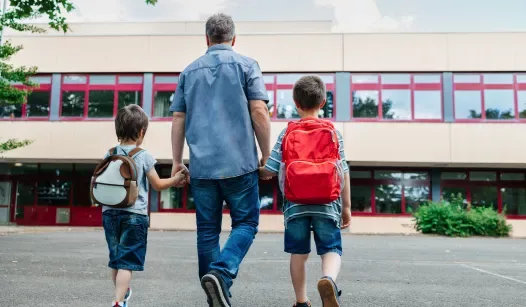In recent years, the intersection of education and religious freedom has become a heated topic in the United States. Many parents and advocates argue that public schools are not only infringing upon religious liberties but also failing to meet the educational needs of children. This complex issue calls for a multifaceted approach that goes beyond mere legal reforms; it requires a shift in attitudes and beliefs within our communities.
The landscape of public education is evolving, and with it, the dialogue surrounding religious expression in schools. Advocates for religious liberty argue that students should have the right to express their beliefs openly, whether through prayer, discussion of religious texts, or participation in faith-based clubs. However, many public schools have adopted policies that limit or outright prohibit these expressions, often citing concerns about maintaining a secular environment.
This tension raises important questions about the role of public education in a diverse society. How can schools balance the need for inclusivity while respecting the rights of students to practice their faith? The answer lies not only in crafting more inclusive policies but also in fostering a culture that values and respects religious diversity.
One of the key challenges is the perception that religious expression in schools could lead to divisiveness or discrimination. Critics of religious liberties in education often argue that allowing students to express their beliefs could alienate those who do not share the same views. However, proponents counter that embracing a variety of beliefs can actually enrich the educational experience, promoting tolerance and understanding among students.
To address these concerns, schools can implement policies that encourage respectful dialogue about religion while ensuring that no single belief system is favored over others. Programs that educate students about different faiths and promote interfaith discussions can create an environment where diversity is celebrated rather than feared.
Moreover, the role of parents and community members cannot be overstated. Engaging families in conversations about the importance of religious liberty and the benefits of a diverse educational environment can help shift perspectives. When parents advocate for their children’s rights to express their beliefs, it sends a powerful message to school administrators and policymakers about the need for change.
Legal reforms are also necessary to protect the rights of students. Recent court cases have highlighted the need for clearer guidelines that allow for religious expression without compromising the secular nature of public education. Policymakers must work to establish laws that safeguard these rights while ensuring that schools remain inclusive spaces for all students.
Ultimately, the goal should be to create public schools that not only respect religious liberties but also prepare students to thrive in a diverse society. This requires a commitment to change on multiple fronts: from legal frameworks to community engagement to educational practices. By fostering an environment where all students can express their beliefs freely and respectfully, we can build a more inclusive educational system that benefits everyone.
In conclusion, the challenge of balancing religious liberty and public education is significant, but it is not insurmountable. By changing laws, policies, and, most importantly, hearts and minds, we can create a public school system that honors the diverse beliefs of its students while providing them with a quality education. This is a vital step toward ensuring that all children, regardless of their faith, can thrive in an environment that respects their rights and nurtures their growth.
